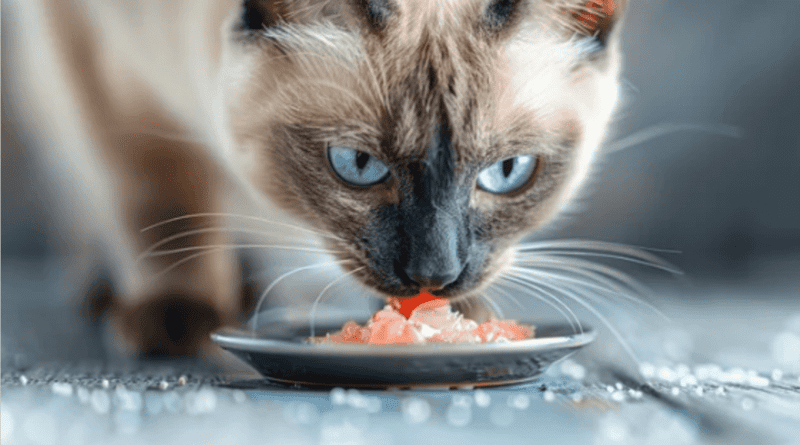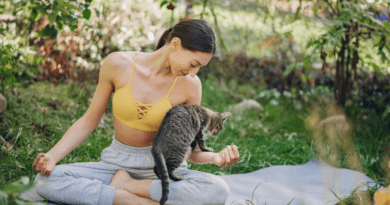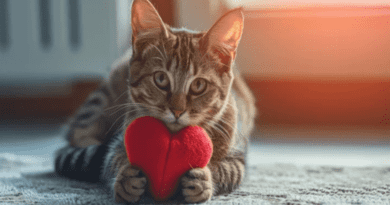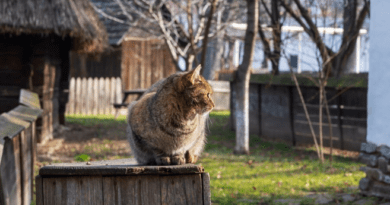Feeding Behavior
The distinctive behaviors and preferences of cats exhibit fascinating feeding habits that reveal much about their nature. Understanding these behaviors not only helps in providing better care but also enhances our appreciation for these enigmatic animals. This article delves into the feeding behavior of cats, exploring their instincts, preferences, and how we can cater to their needs.
Instinctive Hunting and Eating Patterns
Cats possess a strong predatory instinct inherited from their wild ancestors. Unlike dogs, which often eat in response to a structured routine, cats follow an instinctive hunting pattern. In the wild, they hunt small prey multiple times a day, eating several small meals rather than one large one. This behavior persists in domestic cats, even though their hunting often translates into play with toys or interactions with their human caregivers.
Meal Frequency and Portion Control
Domestic cats typically prefer frequent, smaller meals rather than one or two large servings. This preference aligns with their natural hunting habits, where they consume small amounts of food regularly. For pet owners, this means providing multiple meals throughout the day can be beneficial. Cat owners often use automatic feeders or set up a feeding schedule to mimic this natural feeding pattern. However, it’s crucial to control portion sizes to prevent obesity, which is a common issue in indoor cats.
Food Preferences and Dietary Needs
Cats demonstrate specific preferences for food textures and flavors. Many cats show a strong preference for wet food over dry food, likely due to its higher moisture content and more appealing aroma. Some cats also prefer certain proteins, such as chicken or fish. Understanding a cat’s preferences can help in selecting the right food and ensuring they maintain a healthy diet. It’s essential to provide a balanced diet that meets their nutritional needs, including protein, fats, and essential vitamins and minerals.
Feeding Environment and Behavior
The feeding environment can significantly impact a cat’s feeding behavior. Cats generally prefer quiet, safe locations for eating, away from loud noises or other pets. Providing a clean and calm feeding area helps reduce stress and encourages regular eating habits. Additionally, some cats may exhibit food guarding behaviors or show signs of food aggression, especially in multi-pet households. Ensuring each cat has its own feeding space can help mitigate these issues and promote a harmonious feeding routine.
Hydration and Water Intake
Hydration plays a crucial role in a cat’s overall health. Cats often do not drink enough water, especially if they primarily consume dry food. Incorporating wet food into their diet can help increase their water intake. Providing fresh water daily and considering the use of water fountains, which many cats find more appealing, can encourage better hydration. Adequate water intake supports kidney function and helps prevent urinary tract issues.
The feeding behavior of cats offers valuable insights into their overall health and well-being. By recognizing their natural instincts, preferences, and needs, cat owners can create a feeding routine that aligns with their feline friends’ behaviors. Providing frequent, balanced meals in a stress-free environment, along with adequate hydration, ensures that cats remain happy, healthy, and well-nourished.




